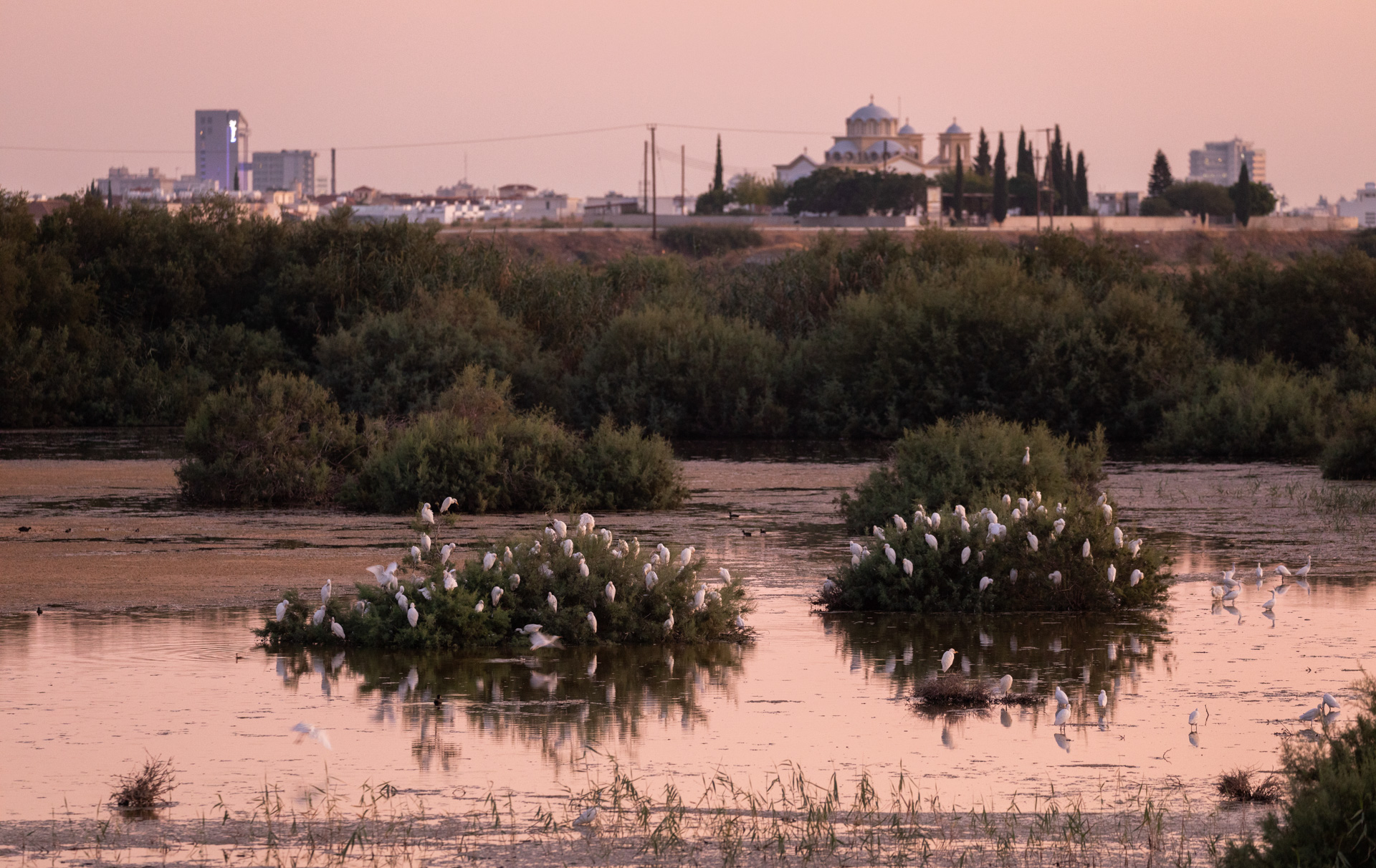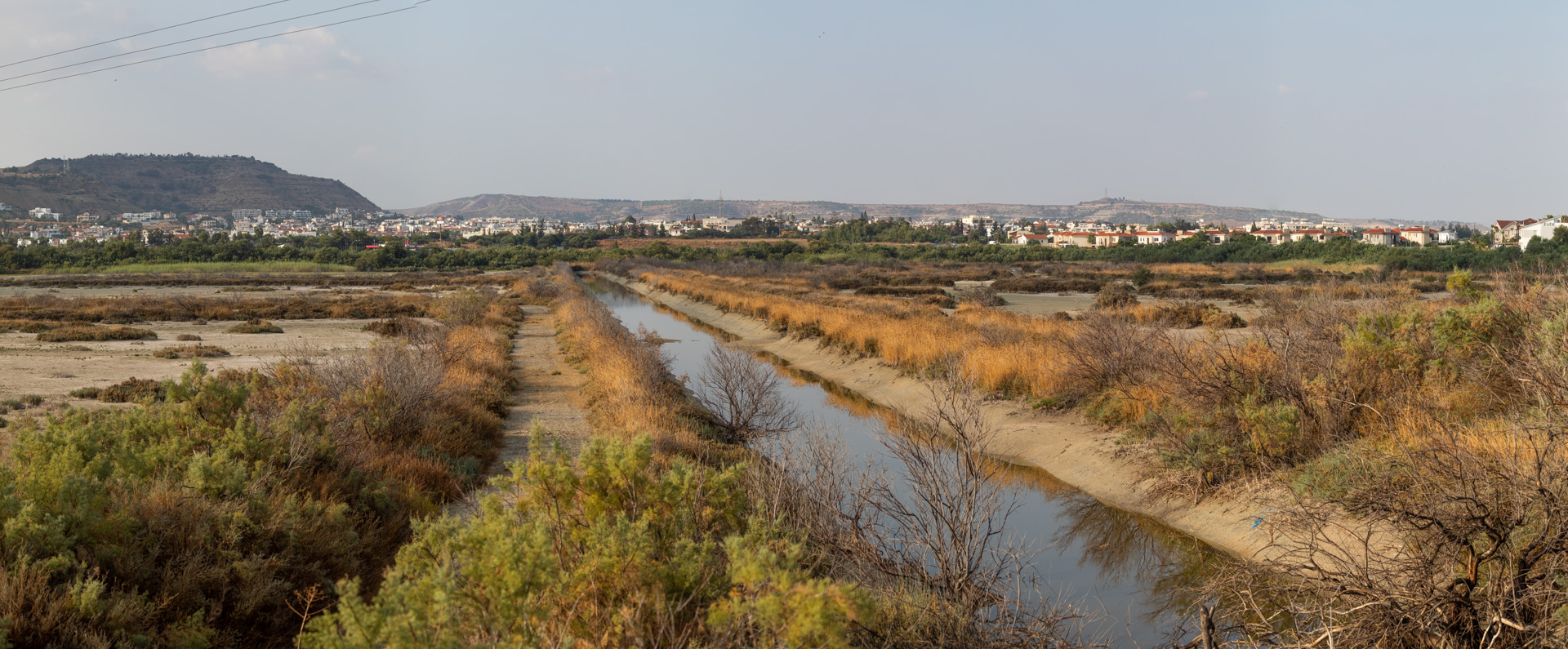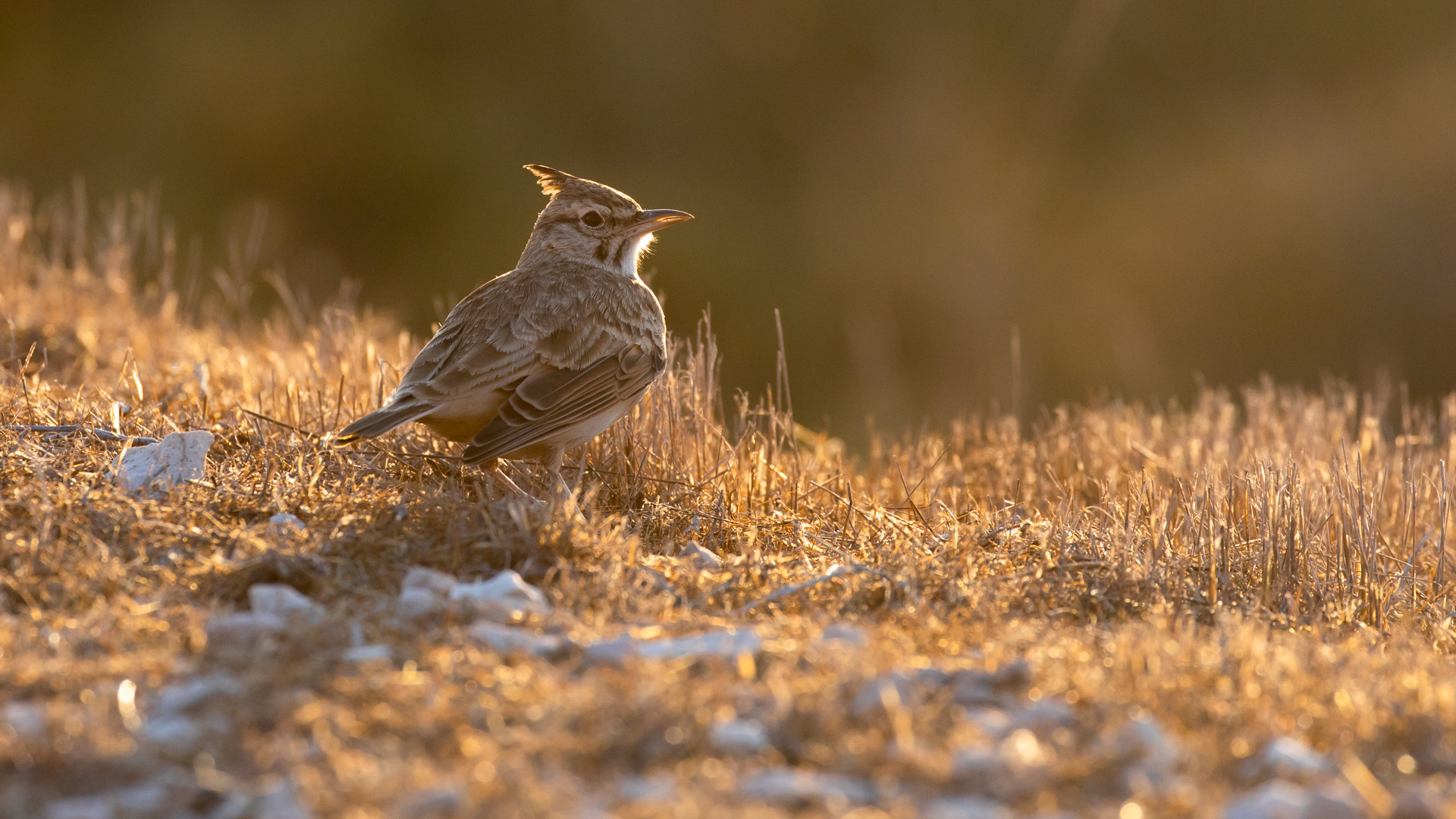The regulation actually goes beyond halting biodiversity loss to push for ecosystem restoration, for ‘bringing nature back’
At first sight the positive tone of this column may seem rather out of place. Why, after all, should we celebrate a new EU nature law drawn up in Brussels – and only a draft regulation at that? Especially when here at home we are still struggling with the basics of biodiversity protection. What is the point of welcoming legislative drafts, however ambitious, when we are driving through plans for roads and buildings on Akamas, one of our last remaining wild places? When we are poisoning our eagles and our last remaining vultures, and while the ashes are still fresh below Kantara castle after another disastrous wildfire?
But my suggestion here is that ambition built in far-away Brussels actually counts. Much of what we have achieved in nature protection in Cyprus over the past near two decades has hinged on the existing EU Nature Directives. These two directives – one drawn up in 1979 for birds and the other in 1992 for habitats, flora and (non-bird) fauna – have set the biodiversity protection bar far higher than it would otherwise have been. At least we have close to a third of our island’s land surface designated as Natura 2000 sites, forming part of the largest coordinated network of protected areas in the world. This simply would not have happened were it not for the two Nature Directives and the pressure from Brussels to implement them. Effective protection and management for our Natura 2000 sites still lags behind – and Brussels should definitely be doing more to demand this (and not just in Cyprus: around a third of Natura 2000 habitats across the EU are in unfavourable condition). But the foundations are there and cannot be removed: a Natura 2000 site cannot just be ‘de-listed’. And it is not just about site protection. Were it not for the Birds Directive – which bans the practice outright – we might still have the anathema of spring hunting. We might still have to endure birds being shot on their way to their breeding grounds and before they can raise the next generation.
So yes, things are bleak and the pace of nature’s retreat – at national and global level – is alarming. But it is crucially important that the level of ambition at a supra-national level be maintained. And the new restoration law actually goes beyond halting biodiversity loss to push for ecosystem restoration, for ‘bringing nature back’. This ambition can trickle down to Cyprus level not just to push us to save enough biodiversity in time, but to press us to allow – assist even – nature to bounce back. And the good news is that nature can and does recover, given the chance. So long as extinction is averted, populations and habitats can return – perhaps not to former glories, not always, but they can return. There is overwhelming evidence of this across the globe. And this is what the new EU nature regulation – the first for three decades – is about.
BirdLife Europe has been lobbying for this new nature law for years, and has welcomed the draft legislation released by the European Commission in late June as a “huge milestone [with] the potential to turn around our relationship with nature.”
The overarching objective set out in the draft regulation is really rather good: by 2030, one fifth of all ecosystems of EU, on land and sea, to be under restoration. Plus a further target for all ecosystems to have restoration plans implemented for them by 2050. The new law also aims to cut pesticide use in half by 2030. It is important to note that restoration targets extend to beyond Natura 2000 sites and are set not just for natural systems, but also for semi-natural ecosystems such as farmland and even includes targets for urban areas (urban ecosystems represent almost a fifth of the land surface of the EU). For built-up areas, the target is to ensure ‘no net loss’ of green space and for tree cover to be upped by 10 per cent by 2030.
In the farmland context, the draft law is strong on the need for a holistic approach to food production. It stresses – perhaps in an effort to pre-empt the counter-arguments of the farm lobby – that the biggest threat to food production and security is the climate crisis and biodiversity loss, so nature restoration will help strengthen food security. The key here is taking the longer-term perspective, with farmland ecosystems supported to enable sustainable food production for the long-run, rather than being driven to exhaustion in pursuit of ever bigger yields. Targets for farmland and forest systems are results-based, using reliable indicators such as the recovery of farmland birds.
Overall, priority is given to linking the drive for ecosystem restoration to the burning need for action to halt the march of climate change. So the main focus is on restoration of systems such as forests, wetlands and marine systems, which can soak up and store CO2. Systems such as wetlands and forests can also buffer the impacts of storms and floods, which are increasingly common in our warming world.
River restoration targets are very interesting and challenging – not least for Cyprus. They include the removal of dams and the re-opening of floodplains through restoration of natural river flows. At sea, the new law will aim to close down fishing areas so habitats destroyed by highly destructive bottom trawling can start recovering. Great stuff; long overdue.
Pollinators receive much-needed attention, with targets for reversing the declines of bees and the myriad of other flower-frequenting insects. Pollinators have dramatically declined in recent decades, with one in three bee species and butterfly species in decline, and one in ten such species on the verge of extinction. The really good news for bees and all other living things, including us, is a specific target for cutting pesticide use by half by 2030. This is not a plan to eliminate such chemicals altogether, but rather to switch to such poisons being used only when absolutely necessary, rather than as the ‘go to’ and default solution in crop protection. The Commission also wants to end use of pesticides in town parks, schools, playgrounds and hospitals. Bit of a ‘no brainer’ that one, but at least it might now get implemented!
Crucially, the new nature law is not set up as a Directive but rather as a Regulation, which can make implementation both swift and smooth. Member states will not transpose it into national law, which can take years, but will instead have to go straight to drawing up National Restoration Plans with specific targets. The EU then has to approve each country’s restoration plan and chase up to make sure it gets done.
A milestone indeed. The draft law will of course be buffeted by the EU Council and Parliament and will be the subject of attacks by powerful interests, such as the agro-chemicals, farming and forestry lobbies, who want to keep their destructive production activities unchanged. But we can be genuinely hopeful the new law will emerge to be a game-changer for nature, the first for 30 years. It could come into effect within a year. Member states would then have just two years to draw up their National Restoration Plans. If you ask me, this simply cannot come soon enough. In the meantime, it is back to pressing matters at hand, and the battle to save our vultures from the poisoners and Akamas from the bulldozers…
Martin Hellicar works as director of local nature conservation NGO BirdLife Cyprus. A PhD ecologist and former journalist, he is fortunate enough to work for an organisation whose positions closely match his, though the opinions expressed here are entirely his own









Click here to change your cookie preferences